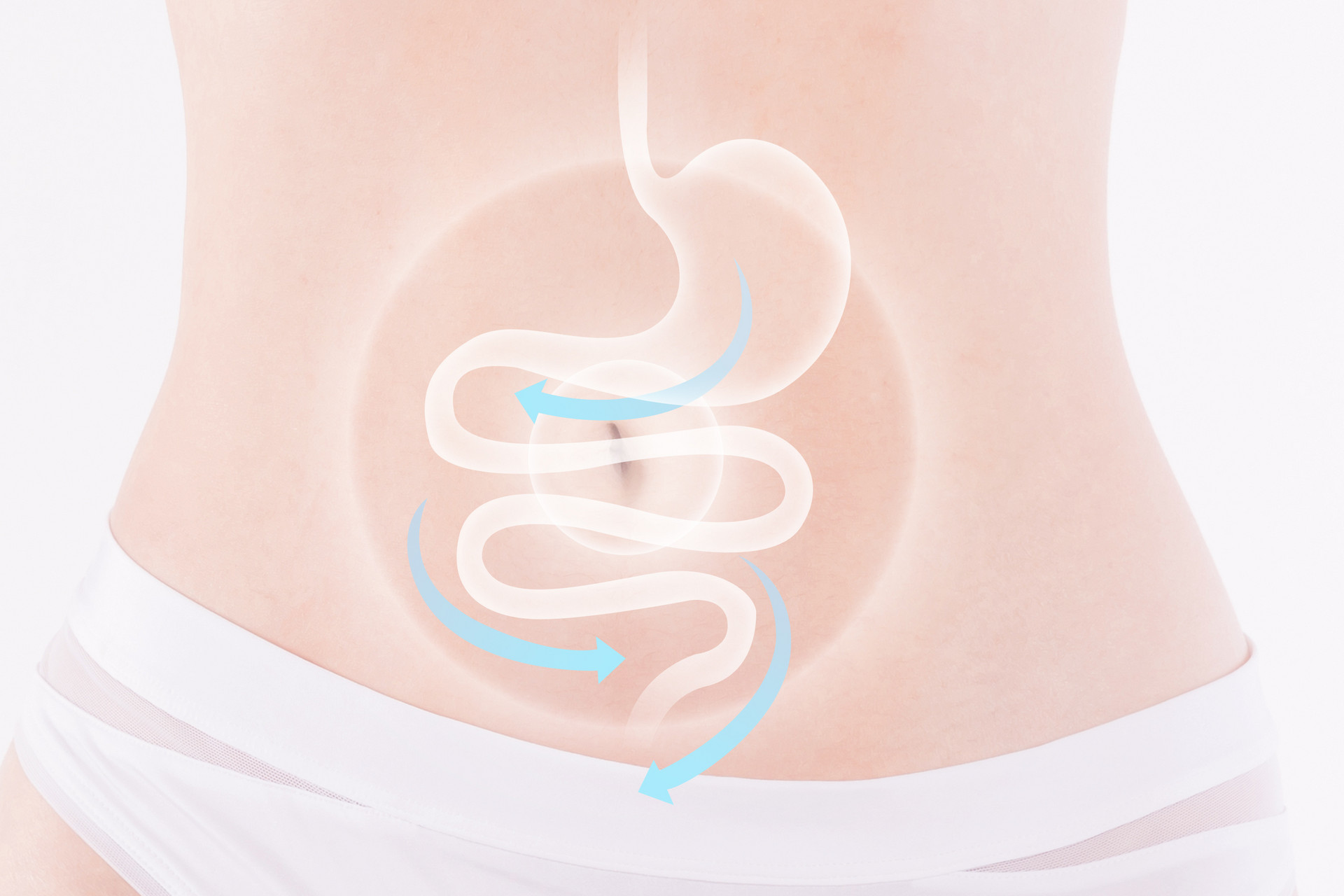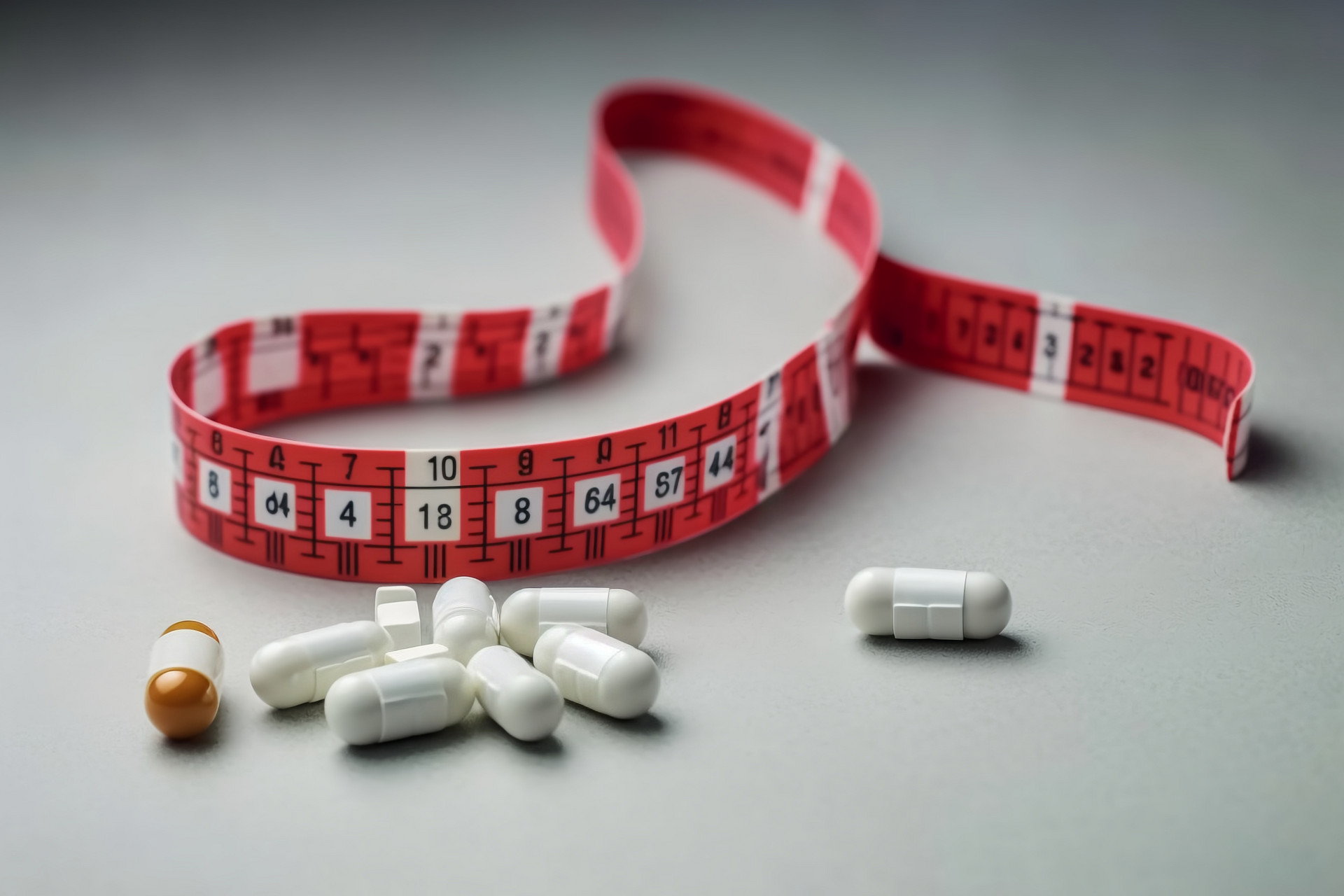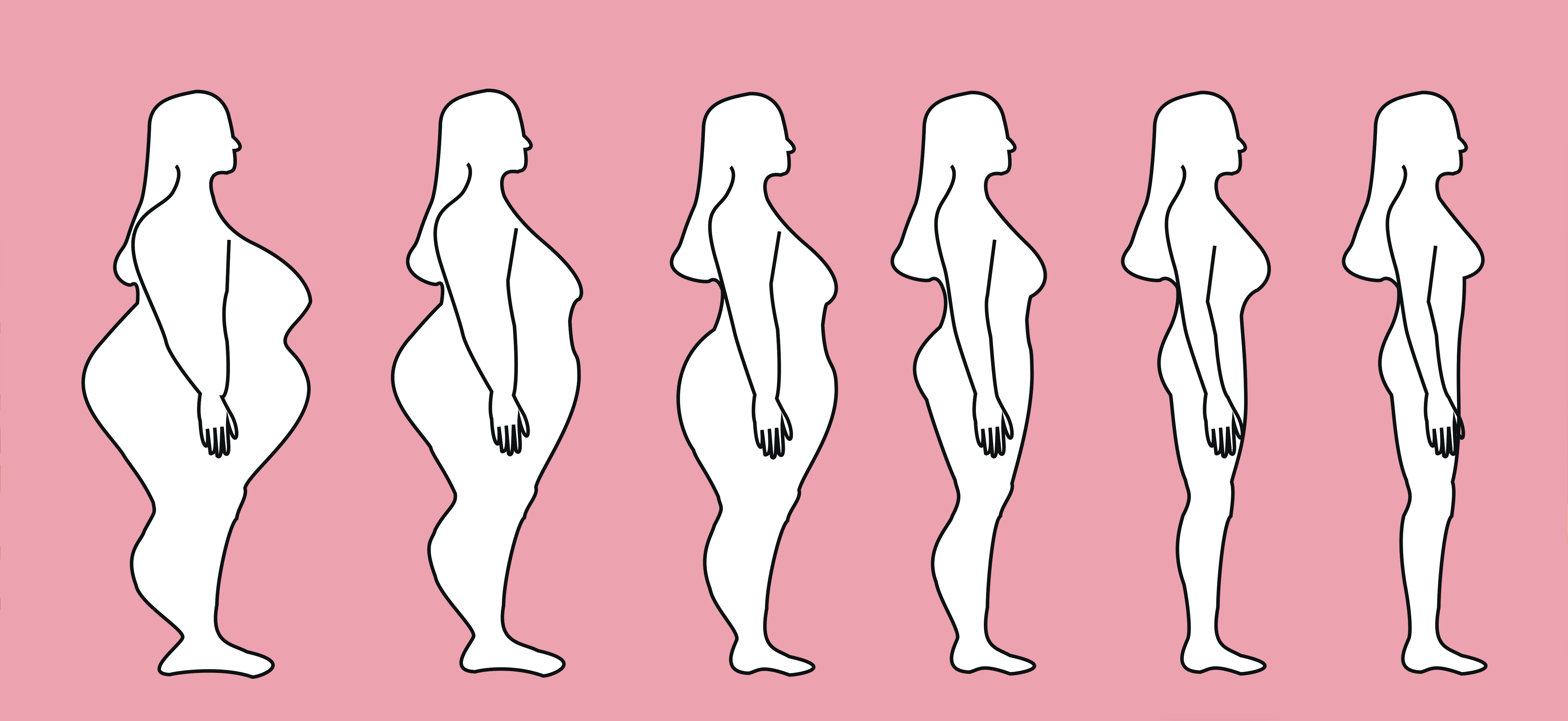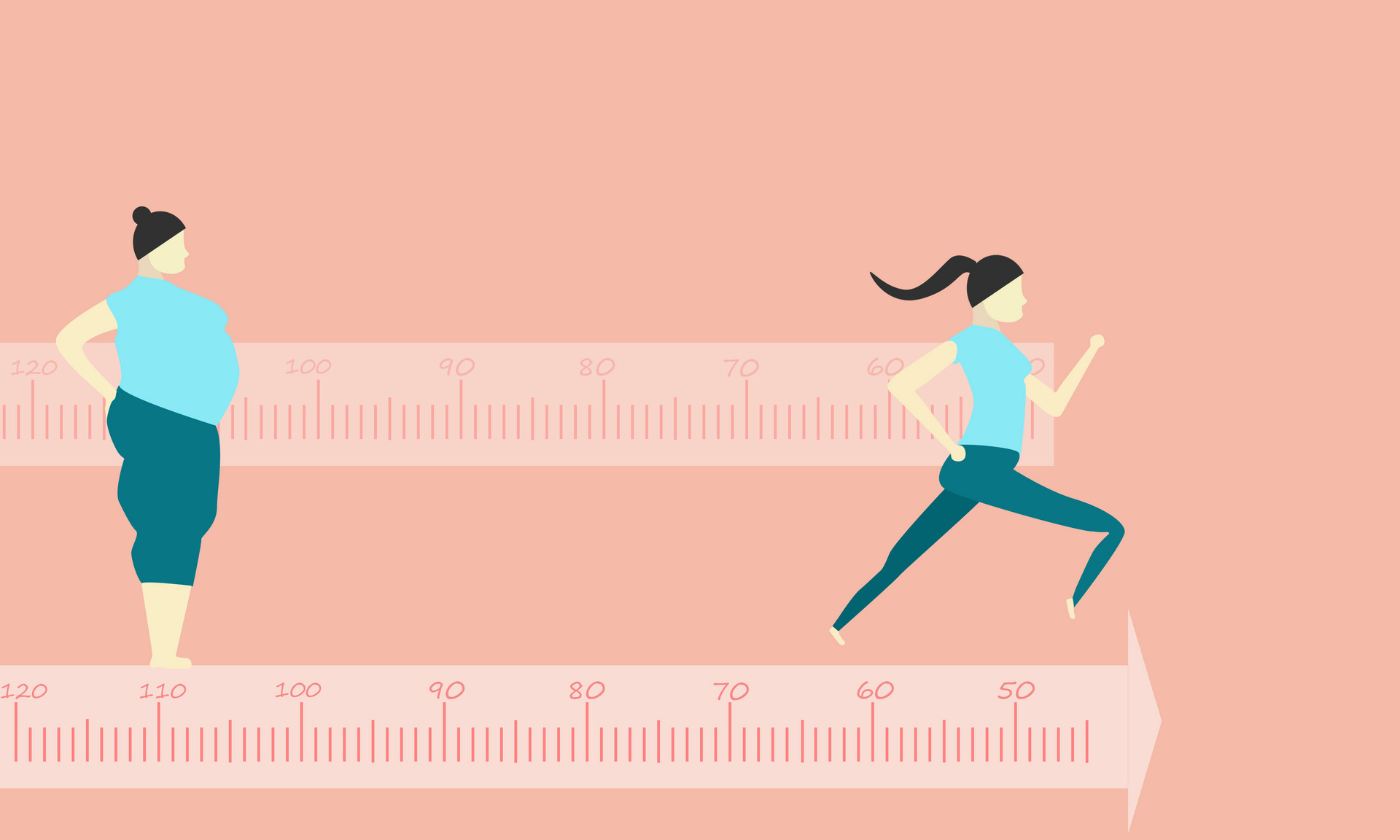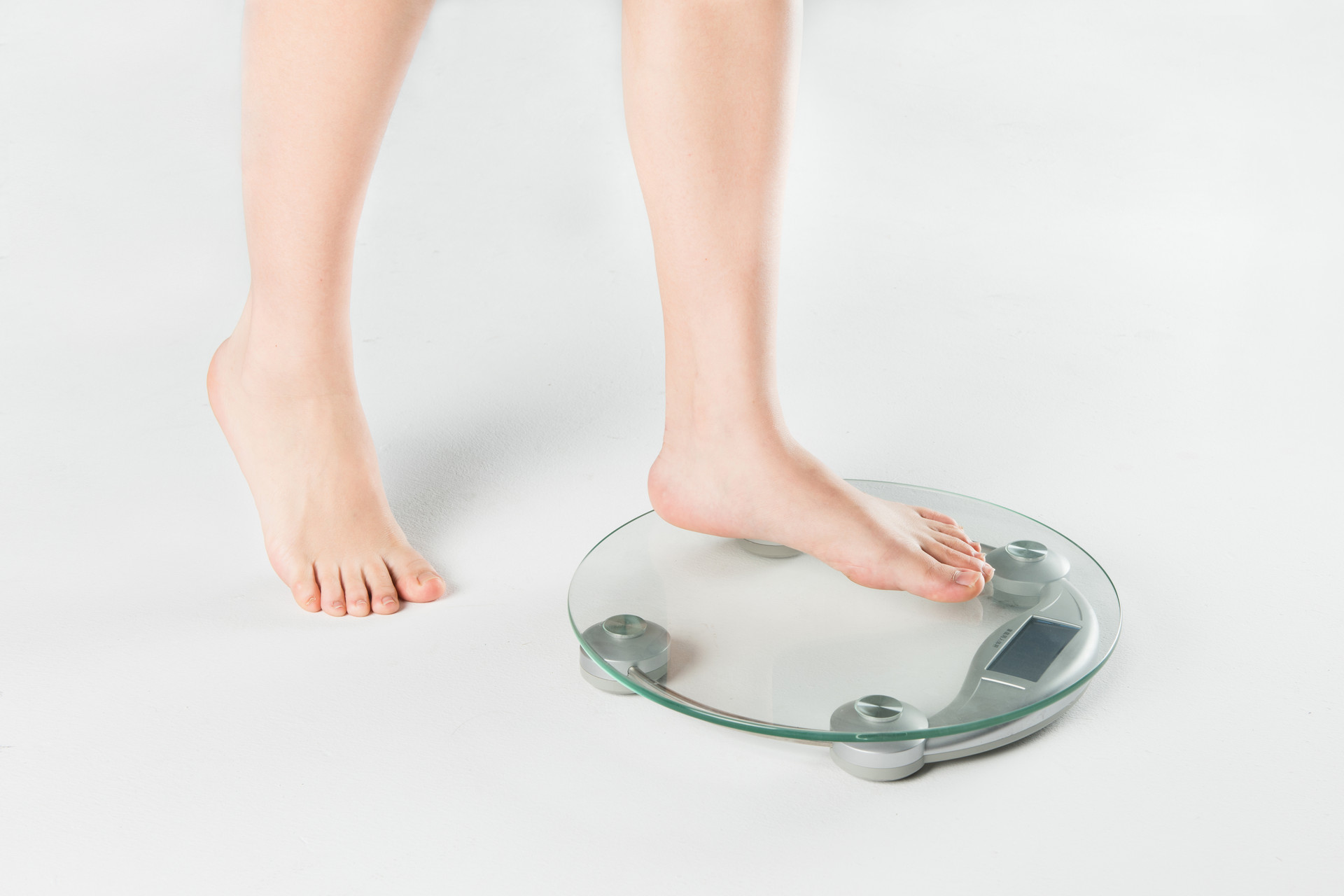With the improvement of people's living standards, the number of obese individuals is increasing. High blood lipids, high cholesterol, fatty liver, obese hypertension, cardiovascular disease, cerebrovascular disease, and other conditions are commonly seen in clinical practice, and the incidence is on the rise. The use of traditional Chinese medicine for syndrome differentiation and treatment can achieve good results in lowering blood lipids and losing weight. In recent years, various medical journals from different regions have reported on this topic, and the commonly used drugs and prescriptions can be summarized into six main methods. A brief introduction is as follows:
1. Harmonizing the Stomach and Dissolving Fat Method
Most cases of obesity are caused by excessive consumption of sweet and fatty foods, which leads to the accumulation of greasy substances in the stomach. This often causes abdominal distension, acid regurgitation, foul taste in the mouth, and a greasy tongue coating. The early use of hawthorn, barley sprouts, and radish seeds can help harmonize the stomach and aid digestion, which is quite effective. These herbs have long been recorded in traditional materia medica for their ability to eliminate fat deposits. Traditional formulas such as Jiao San Xian and Bao He Wan are commonly used in pediatric medicine. Commercially available hawthorn fruits, hawthorn cakes, and hawthorn pastries are delicious and convenient to carry around. Fresh radish seeds can be eaten raw or stir-fried, making them a simple food therapy for lowering blood lipids and losing weight.
2. Activating Blood Circulation and Removing Blood Stasis Method
In obese individuals, excessive fat in the blood can easily cause atherosclerosis, especially in the heart and brain, leading to cardiovascular and cerebrovascular diseases. Medications that promote blood circulation and remove blood stasis have effects on dilating coronary arteries, increasing blood flow, reducing blood lipids, preventing plaque formation, and promoting its regression. For obese individuals with blood stasis, menstrual disorders, or purple spots on the tongue, the method of activating blood circulation and removing blood stasis can not only lower blood lipids and promote weight loss but also treat the underlying conditions. Commonly used medications for activating blood circulation and removing blood stasis to lower blood lipids include Angelica sinensis, Chuanxiong, and the classic formula Foshou San. Salvia miltiorrhiza, which has similar effects to the Four Gentlemen Decoction, is commonly used to treat cardiovascular and cerebrovascular diseases. Paeonia lactiflora and Achyranthes bidentata can promote blood circulation and relax tendons, making them suitable for individuals with blood stasis in the meridians. Notoginseng and rhubarb are good at promoting blood circulation and relieving pain, often used for individuals with blood stasis and stabbing pain. Commercially available products such as Dan Shen capsules, compound Dan Shen capsules, Coronary Heart Disease Formula 1, and Coronary Heart Disease Formula 2 have the effect of activating blood circulation, removing blood stasis, and lowering blood lipids.
3. Expanding the Chest and Transforming Phlegm Method
Traditional Chinese medicine literature states that obese individuals tend to have an excess of phlegm. This phlegm is clearly referring to the excessive fat in their bodies. Clinically, obese individuals often experience shortness of breath, chest tightness, dizziness, vomiting, nausea, and a greasy tongue coating. Some individuals may have excessive phlegm-fire, leading to irritability, easy anger, high blood pressure, headache, dizziness, and restless sleep, with a yellow greasy tongue coating and constipation. This often leads to cardiovascular and cerebrovascular diseases. In the presence of these symptoms, the method of expanding the chest and transforming phlegm is appropriate.
Gua Lou, also known as Trichosanthes kirilowii, is the main herb for expanding the chest and transforming phlegm. Commercially available Gua Lou capsules are made from this herb and can lower blood lipids, especially effective in treating coronary heart disease.
Gua Lou seeds also have a moisturizing effect on the intestines, making them especially suitable for individuals with phlegm-fire accumulation and constipation. Xie Bai, also known as Allium macrostemon, is often used in combination with Gua Lou and has been used for thousands of years in the classic formula Gua Lou Xie Bai Tang to treat chest pain and heartache. Zhi Shi and Zhi Qiao can also expand the chest and transform phlegm. When combined with Chen Pi and Ban Xia, they form the Wen Dan Tang method, commonly used to treat obesity with heavy phlegm-dampness, palpitations, insomnia, and other symptoms. Ban Xia can transform phlegm, harmonize the stomach, and stop vomiting. When combined with Chen Pi, it becomes the main herb in the Er Chen Tang formula, which is traditionally used to transform phlegm-dampness. It is commonly used to treat various phlegm disorders, whether it is vomiting phlegm or coughing with excessive phlegm, dizziness, palpitations, and other symptoms. According to reference books, it evolved from the Wen Dan Tang formula. Chen Pi, also known as dried tangerine peel, has a fragrant aroma.


